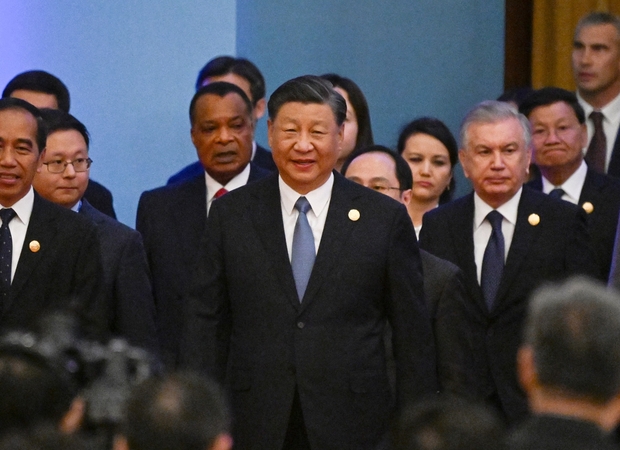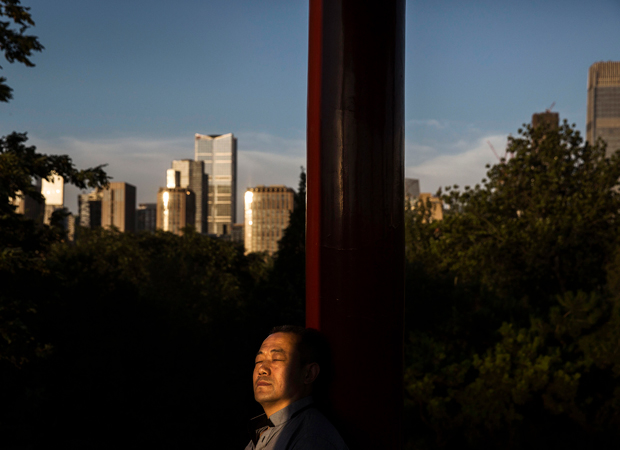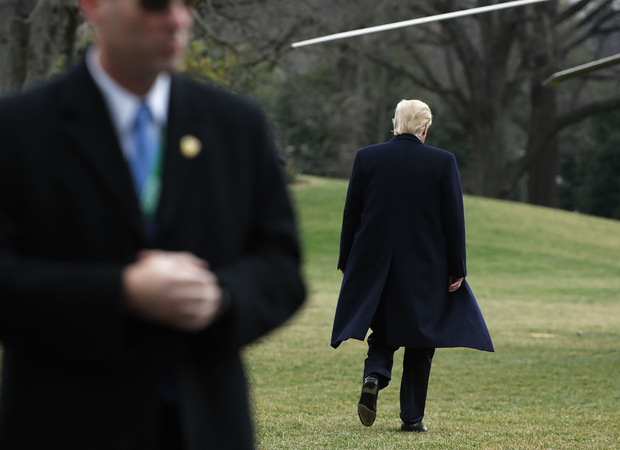
Where Is China’s Foreign Policy Headed?
In testimony last week before the Senate Select Committee on Intelligence, Director of National Intelligence Dan Coats asserted that “China’s actions reflect a long-term strategy to achieve global superiority.” With China’s global influence and...
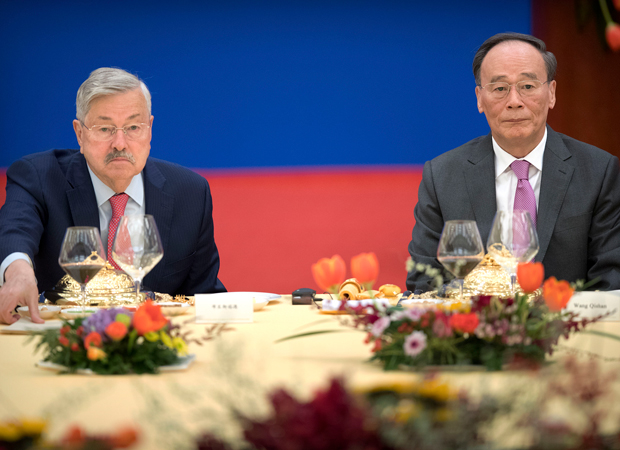
Graham Allison on Avoiding the Thucydides Trap
from Carnegie ChinaAllison says the Thucydides Trap is the best framework to understand why there is potential for conflict between the United States and China. As China grew stronger, the U.S. failed to recognize Beijing would increasingly assert its own vision...
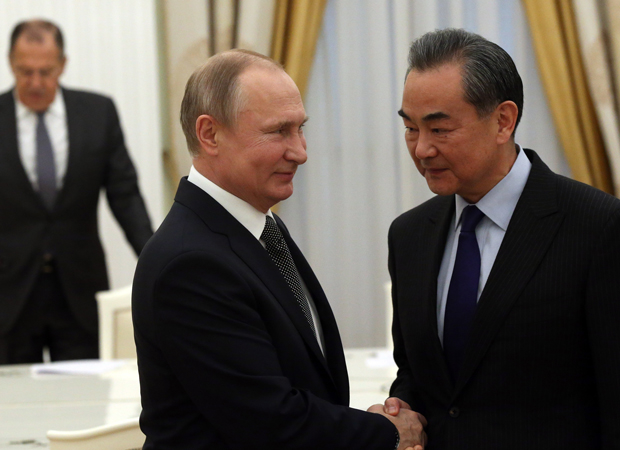
China’s Shift to a More Assertive Foreign Policy
from Carnegie ChinaShi points to two important turning points in China’s shift to a more assertive foreign policy: the 2008 global financial crisis, which made it clear that China’s economic development was an important engine for global growth; and Xi Jinping’s...
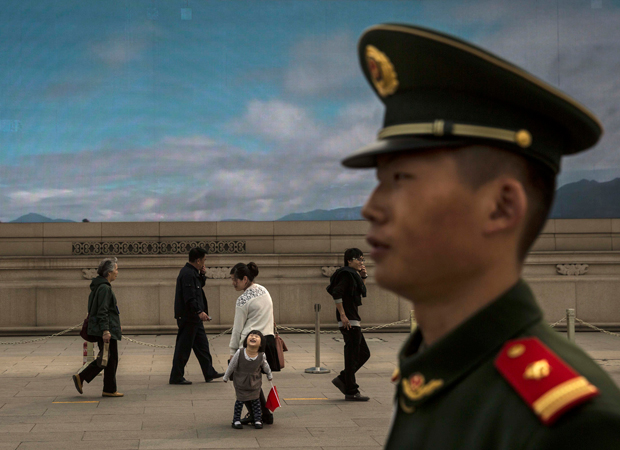
For Generations of P.R.C. Leaders, a World ‘Alive with Danger’
There can be few jobs more difficult than that of paramount leader of China: the surrounding world invariably alive with danger, the extent of the state, its integrity and stability forever uncertain. For an outsider, it is easy to observe that...

Beijing’s Bid for Global Power in the Age of Trump
from TomDispatchAs the second year of Donald Trump’s presidency and sixth of Xi Jinping’s draws to a close, the world seems to be witnessing one of those epochal clashes that can change the contours of global power. Just as conflicts between American President...

A World in Transition
from Carnegie ChinaAs the world is in the midst of considerable uncertainty and transition, Ambassador William J. Burns points to the emergence of rising powers like China and India, challenges to regional order in the Middle East, and revolutions in new...

China-Africa Relations in the Xi Jinping Era
For much of the past 20 years, China’s strategy in Africa could be summarized in two words: invest and extract. Today, that is no longer the case. China’s agenda in Africa, and throughout much of the global south, has broadened significantly in...
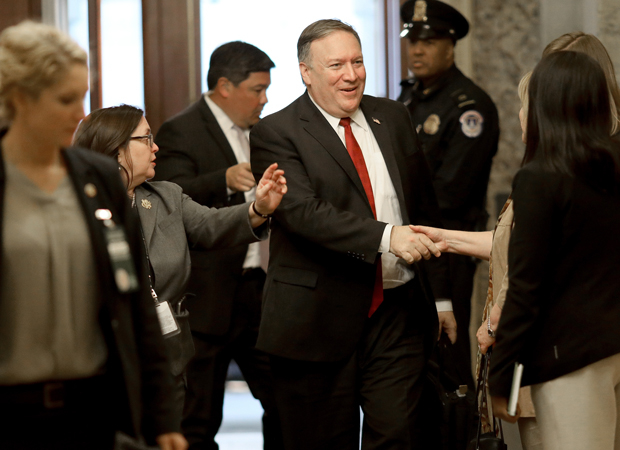
Secretary Pompeo’s First China Briefing
Donald Trump’s national security documents frame China as the United States’ greatest long-term threat. This declaration caps a historic shift in America’s strategic disposition toward China. From the establishment of diplomatic relations in 1979...

Is American Policy toward China Due for a ‘Reckoning’?
Former diplomats Kurt M. Campbell and Ely Ratner argue that United States policy toward China, in administrations of both parties, has relied in the past on a mistaken confidence in America’s ability to “mold China to the United States’ liking.”...
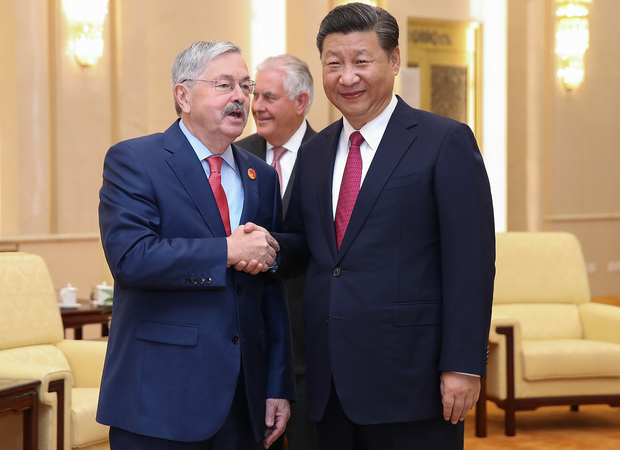
China’s Rise and America’s Myopia
from Sinica PodcastChina, as we say at the beginning of each Sinica Podcast episode, is a nation that is reshaping the world. But what does that reshaping really look like, and how does—and should—the world react to China’s role in globalization?
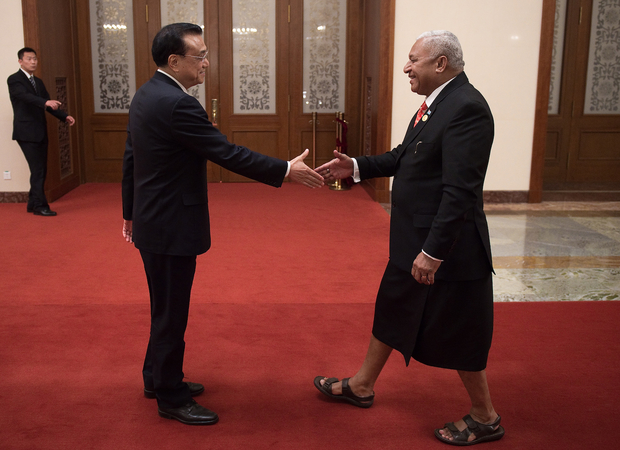
Should Pacific Island Nations Be Wary of Chinese Influence?
British Prime Minister Theresa May’s three-day visit to China, from January 31 to February 2, has amplified ongoing debates in Europe about the costs and benefits of engagement with China and of Chinese investment. Attention to China’s role in...

How Trump’s Vulgar Comments Towards Africa Play Right into China’s Hands
Somali-British freelance journalist Ismail Einahse joins Eric and Cobus to discuss his recent opinion column, “Trump’s Insults Will Nudge African Nations Closer To China.” The article, published on NPR.org, reflects a contentious debate going on...
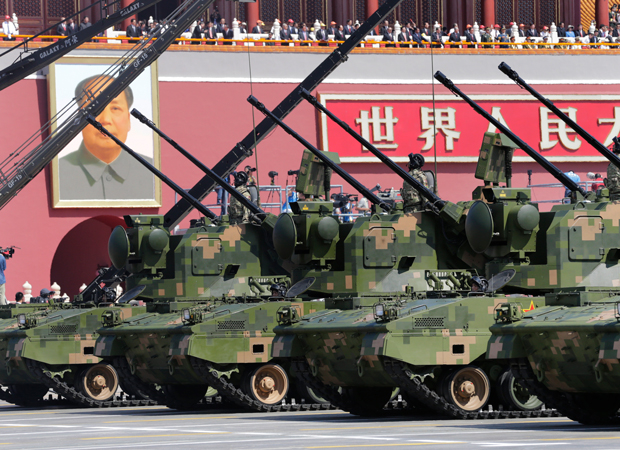
Is China Really a ‘Threat’ to the U.S.?
In a move presaging tougher policies towards China, the Department of Defense’s National Defense Strategy announced that the “revisionist powers” China and Russia are the “central challenge to U.S. prosperity and security.” And on January 22,...
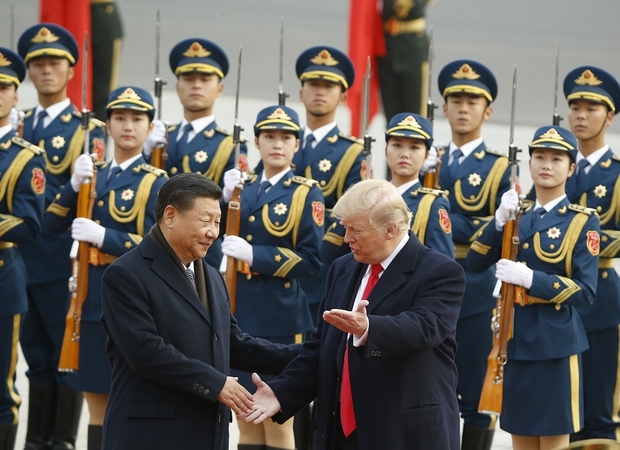
China and the United States Are Equals. Now What?
Donald Trump’s Asia trip was historic in one respect: it belatedly focused American attention on the competition between the United States and China for global primacy. China has risen, the era of uncontested American leadership has ended, and...
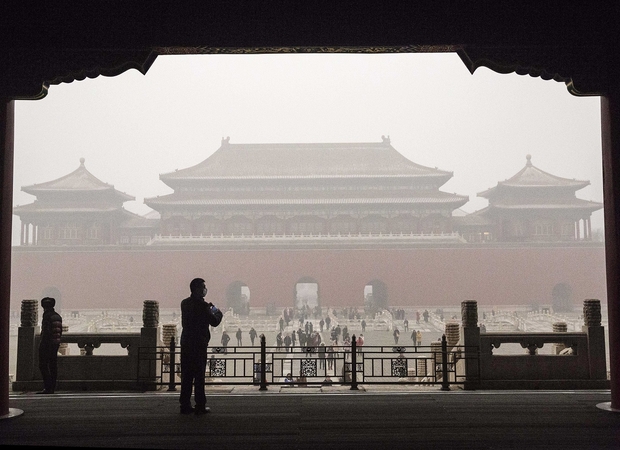
How Does China’s Imperial Past Shape Its Foreign Policy Today?
Throughout most of history China dominated Asia, up until what many Chinese refer to as the “century of humiliation”—when Japan and Western powers invaded or otherwise interfered between 1839 and 1949. Now, with China on the rise again, are...

Do We Want to Live in China’s World?
Each weekday morning, I cross D.C.’s National Mall and pass a sign on Constitution Avenue bearing an epigram by the U.S. architect Daniel Burnham: Make No Little Plans. And every morning, these words make me think not of Burnham’s 20th century...

U.S.-China Flashpoints in the Age of Trump
Over the past year, Donald Trump has vowed to “utterly destroy” ISIS, considered lifting sanctions on Russia, promised to cancel the Paris climate agreement and “dismantle” the Iran nuclear deal. But many of his most inflammatory statements are...
China Expands UN Peacekeeping Role as U.S. Influence Wanes
‘Blue helmet’ deployments offer opportunity to burnish international image
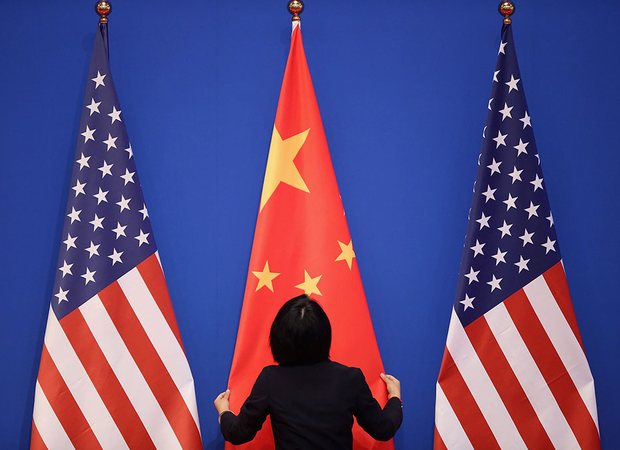
Where Do We Draw the Line on Balancing China?
from Foreign PolicyIs it time for the United States to get serious about balancing China? According to Robert Blackwill and Ashley Tellis, the answer is an emphatic yes. In a new Council on Foreign Relations report, they...
Obama Says the U.S. Will Lead the World for the Next 100 Years. China Disagrees.
The Global Times, China’s state-run nationalist-leaning newspaper, later challenged that view, asking, “America wants to lead the world for another 100 years, but with what?”
Far Eastern Antipathies
Japan must reckon with England as an eventual addition to the enormous political strength of China and Russia.




